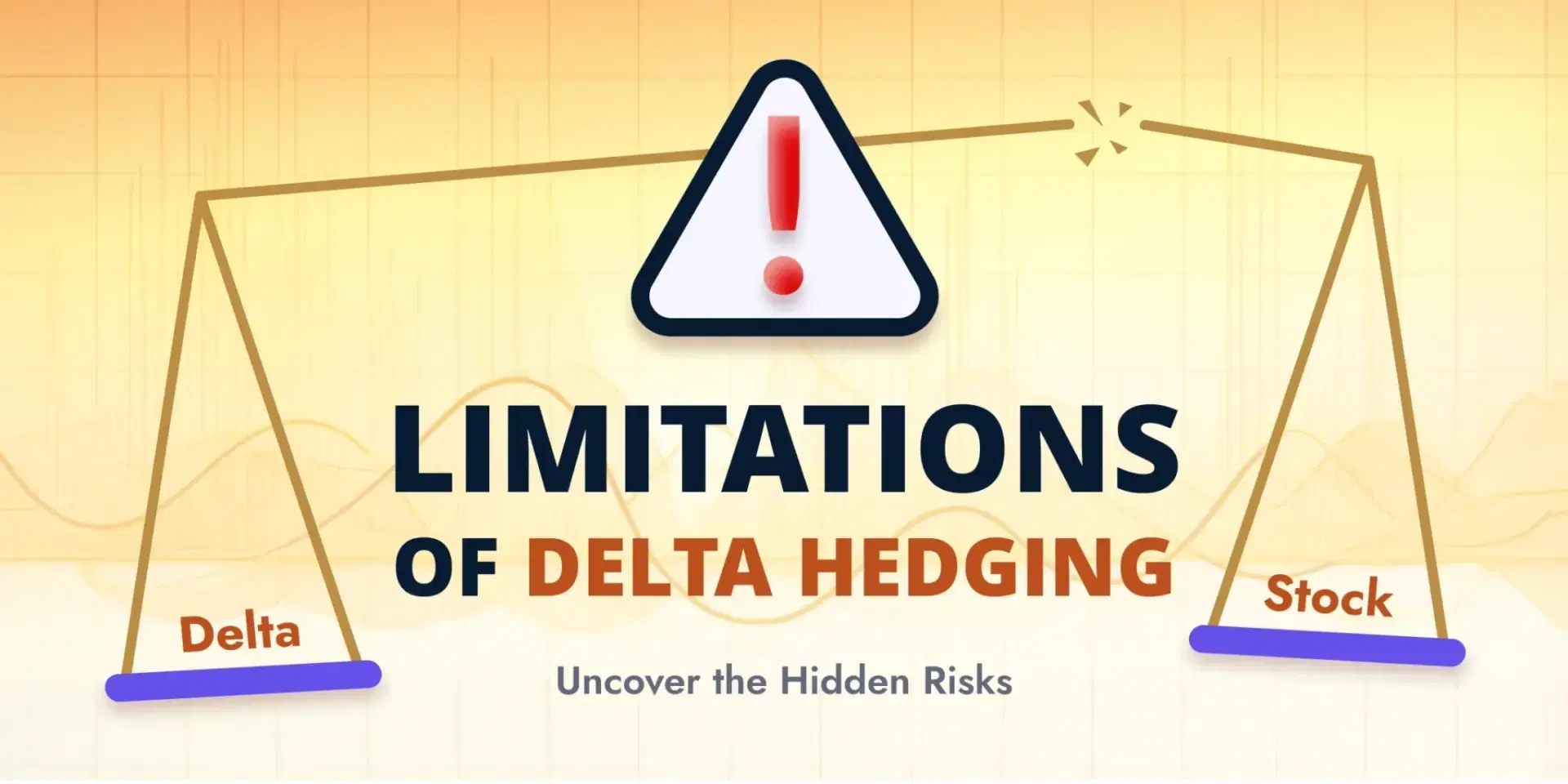Derivatives and Hedging
Delta Hedging

Objective
The objective of this brief article is to give an idea of the “relevance” of Delta-Gamma hedging and the limitations of just “Delta” Hedging.
Delta and Gamma – A Brief Introduction
Delta means the “Change in the Option price with respect to per unit change in the underlying security”. It can be interpreted as “the amount an option price is expected to move based on a $1 change in the underlying stock”.
Gamma is the “Sensitivity of Delta” which can be interpreted as “an options risk metric that describes the rate of change in an option’s delta per one-point move in the underlying asset’s price”.
The Intuition behind Delta-Gamma Hedging -A visual lever-based approach
The options portfolio is quite vulnerable to various factors. One such factor is “change in the underlying” that affects the options valuation and needs to be hedged which is also known as “Delta Hedging” but ‘Is “Delta” Hedging sufficient?’, In the following paragraph we will analyse the reasoning behind “Delta-Gamma Hedging” as opposed to just “Delta Hedging”.
Before we start analysing the sufficiency of this approach, let’s take a visual exercise. We all are familiar with the lever system that is used in many mechanical applications. The lever system is something wherein one lever is connected to another lever and the action on one of them produces motion in another. If still there is some confusion let’s take an example of a bicycle wherein the wheel of the bicycle is attached to the gear over which the chain is running, and it is connected to a bigger lever [Wheel of the cycle]. So, we are not rotating the wheel directly, we are rotating the gear[input] and the rotation of the wheel is the by-product of that action. I presume now the visualization is a lot clearer.
Fig- Motion graphic that consolidates Delta-Gamma interlink visualisation.
Now, let’s come back to our discussion over the sufficiency of “Delta hedging” and relate it with the graphics as shown above, For the sake of simplicity just focus on two gears on the left [Blue and Silver].
Assume the “Constant movement of the blue lever on the left as ‘Delta’ of the portfolio” [Constant assumes Linearity]and its movement affecting the Option portfolio. So, restricting the movement of the blue lever to “0” would indicate “Delta-Hedging” as in I have hedged my Option Portfolio.
Now let’s say the blue lever is not moving [when the silver lever is at rest] but the silver lever attached to the blue starts moving, the result will be the blue lever moving. So, if my focus is just to restrict the motion of the blue lever, I will be successful in hedging the options portfolio but just for that instant, because as the silver lever starts moving the portfolio will again be vulnerable.
Another way of looking at the above-mentioned phenomena and interlinking it with the idea is to visualize delta hedging as the relationship between the option price and the stock price as linear, however, in actuality it is non-linear. Gamma is a measure of the error made by this linearity assumption.
Suppose the position in the stock is changed daily to maintain delta neutrality. The risk associated with stock price movements then depends on how much the stock price could change over one day, and how much curvature there is in the relationship between the option price and the stock price. Gamma measures this curvature.
Now start connecting the dots and relate” Blue Lever with Delta” & “Silver lever with Gamma” The interpretation of this is that if just “Delta-Hedging” is done my options portfolio is hedged for that instant [“Hedging done for that instant”], but as Gamma starts acting upon “the hedge gets inefficient”. This is why dynamic delta hedging is done because gamma is silently playing its role in the background.
As gamma starts playing its role the delta becomes dynamic [ changing at every point] and thus exposes the “Limitation of Delta-Hedging”.
Conclusion
With the reasoning given above, we understand how important “Delta-Gamma” hedging is, wherein you are controlling two levers [“Blue & Silver”] rather than One Blue Lever, this perspective gives you way better control over your options portfolio because in a practical scenario “Change is the only constant” that contradicts “Constant cannot be changed” i.e., linearity is violated as the instant goes by.
As gamma starts playing its role the delta becomes dynamic [ changing at every point] and thus exposes the limitations of just “Delta-Hedging”.


